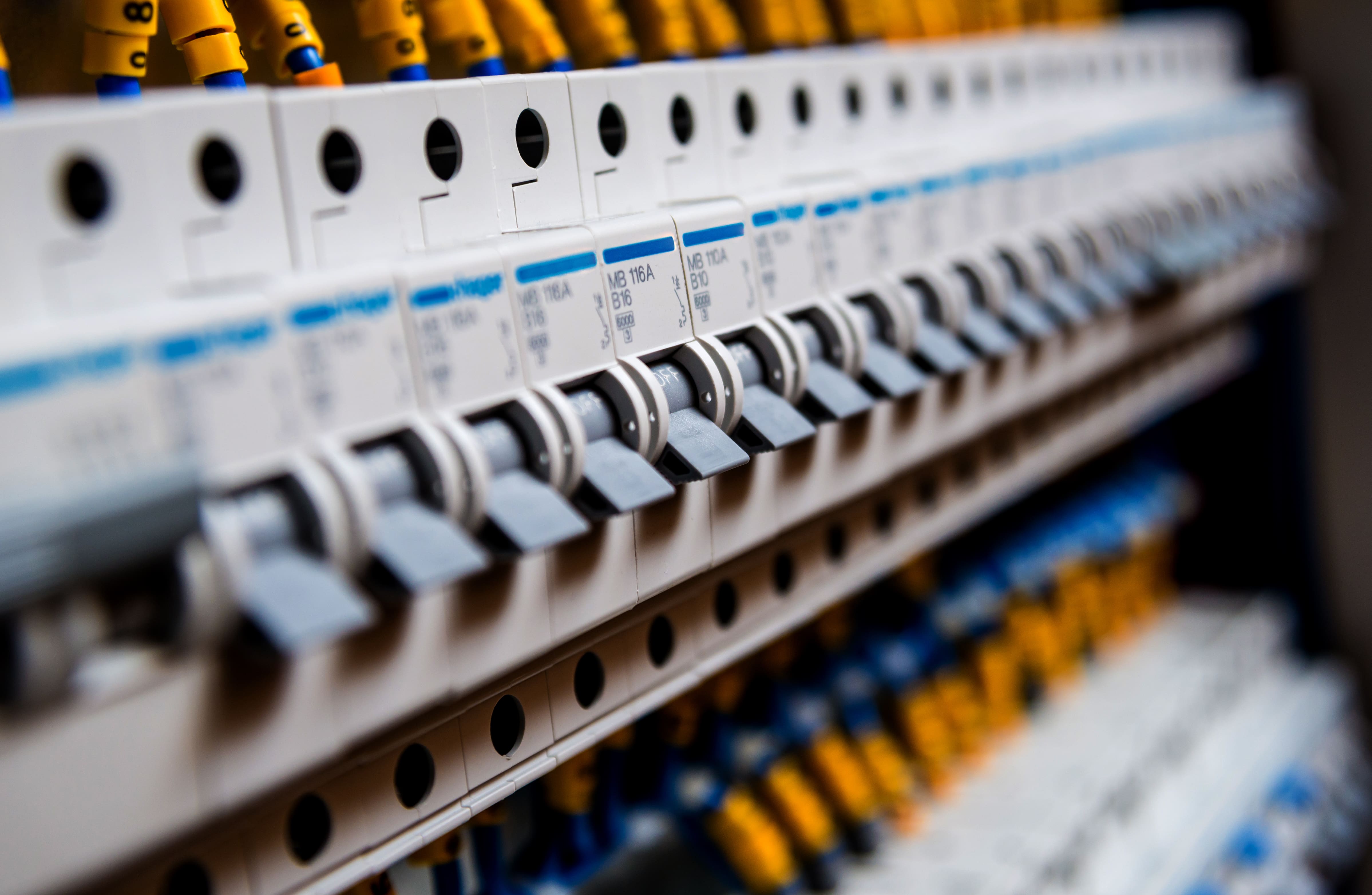
As electric vehicle sales reach record numbers, more people are discovering electric mobility and the flexibility of charging a car while it is parked. Compared to having to go to a fuel station, the ability to start every day with a full battery is appealing to many. Unsurprisingly, our research shows that 64 percent of current EV drivers charge their vehicles at home.
To help streamline energy use and keep costs under control, homeowners are increasingly interested in smart EV charging solutions. Often-heard terms that are associated with smart EV charging are peak shaving and load shifting. However, there is a lot of confusion about what it actually means, and it’s often confused with the dynamic load balancing feature.
To clear up all the confusion once and for all, this article explores what these terms mean and what’s so smart about them, without using too much technical jargon.
Both are energy industry terms
Let’s start off by stating that both peak shaving and load shifting are well-known terms in the energy industry that have existed long before the rise of electric mobility and the development of smart EV charging solutions.
So, when you’re looking for more information about peak shaving or load shifting online, chances are you’ll land on a page explaining flexible control measures in industrial processes to reduce a company’s energy costs; not exactly what you were looking for.
However, the terms and what they mean still hold up, the perspective and way of using load shifting and peak shaving is just different (and at a much smaller scale).
So, without overwhelming you with technical jargon and a bunch of abbreviations we don’t even understand, let’s break these terms down from a more recognizable perspective: charging your electric car at home smartly.
What is load shifting?
The most easy way to define this energy management strategy is hidden in its name.
With “load shifting” you “shift the load” of energy to another time in the day.
To clarify, in the energy industry, electricity consumption is often referred to as ‘load’, and when there is a lot of consumption there is a higher ‘demand’ on the electricity grid.
How does load shifting work?
To explain what load shifting does in its simplest form, Imagine switching equipment off during periods of higher demand and turning them on only during the periods where the demand is lower (and prices for electricity) are cheaper.
For example –and depending on your utility company and location–, if the price for electricity is cheapest during the early morning hours and midnight, it’s more cost-efficient to charge your car (or wash your clothes for that matter) during these ‘off-peak’ hours.

Now picture having a smart charging feature allowing you to schedule your charging sessions so that you can “shift the load” of charging your car to more cost-efficient times.
Now, of course, while only charging your car during cheaper hours sounds great in theory, reality often plays out differently. You want your car to be charged when you need it. So, sometimes these optimized scheduling moments can get in the way of your personal schedule.
This is where peak shaving can come in handy.
What is peak shaving?
Just like load shifting, in its essence, peak shaving is an energy management strategy.
But where load shifting focuses on utilizing the use of energy by allocating the usage to more optimal timeslots, peak shaving helps avoid peaks in demand altogether.
Peak shaving (also called load shedding) reduces the load on the grid by quickly switching off equipment that has a high energy draw or —and this is where it gets interesting— by adding a local source of energy to help even out the peak in demand.
Let’s take a closer look.
How does peak shaving work?
In the energy industry, the term refers to the process of using local energy storage (or fossil fuelled generators) to reduce the load from the grid.

Generally speaking, this process has always been mostly applied by large industrial and commercial power users – typically not by individual households.
But times are changing.
Today, more and more households have solar panels installed, and some even have an external battery storage unit to store the renewable energy they've generated during the day.
Now imagine you have a smart charging station that could combine the use of this stored energy with the electricity you use from the grid while you charge your car during peak hours.
Which is exactly what the smart EV charging feature peak shaving does.
Of course, for many this is still a thing of the future, but, there is a feature called vehicle-to-home (V2H). When this becomes more widely available, you could even use your car’s battery as a local storage to help power your house, and shave peaks in your demand.
Difference between load shifting and peak shaving
With load shifting you shift some of the load to a more optimal time where electricity is cheaper and costs are lower, but the amount of total energy you use in a day is not affected.

With peak shaving, you either take out or add a source of local energy storage to reduce the load on the grid, doing so will allow you to keep using all high-demanding equipment at the same time, while keeping your costs low.
What about dynamic load balancing?
A related smart charging feature, which often gets confused and conflated with peak shaving and load shifting, is dynamic load balancing. This smart charging feature automatically distributes the available capacity between different appliances and can adjust it to changes in power load.

Summarized overview
While all very different, these features compliment each other and can work well together so that you can manage the energy usage of charging your electric car more efficiently.
In short:
- Dynamic load balancing distributes the amount of energy you use across different appliances evenly and avoids power outage.
- Load shifting shifts the energy usage to more optimal timeslots to reduce your energy bill.
- Peak shaving enables you to even out the peak in demand by adding an additional source of energy during times the demand in your household is at its highest.
If you’re looking to find out more about smart charging solutions, or want to better understand energy management in the home, read our comprehensive article about EV smart charging.
Related articles

Peak shaving and load shifting explained
As electric vehicle sales reach record numbers, more people are discovering electric mobility and the flexibility of...

The 5 top benefits of EV smart charging at home
As electric mobility establishes itself as a prominent part of societies around the world and electric vehicle (EV)...

Can you save money with a smart EV charging station?
With the world collectively switching to more sustainable modes of transport, electric vehicles (EVs) have emerged in...
